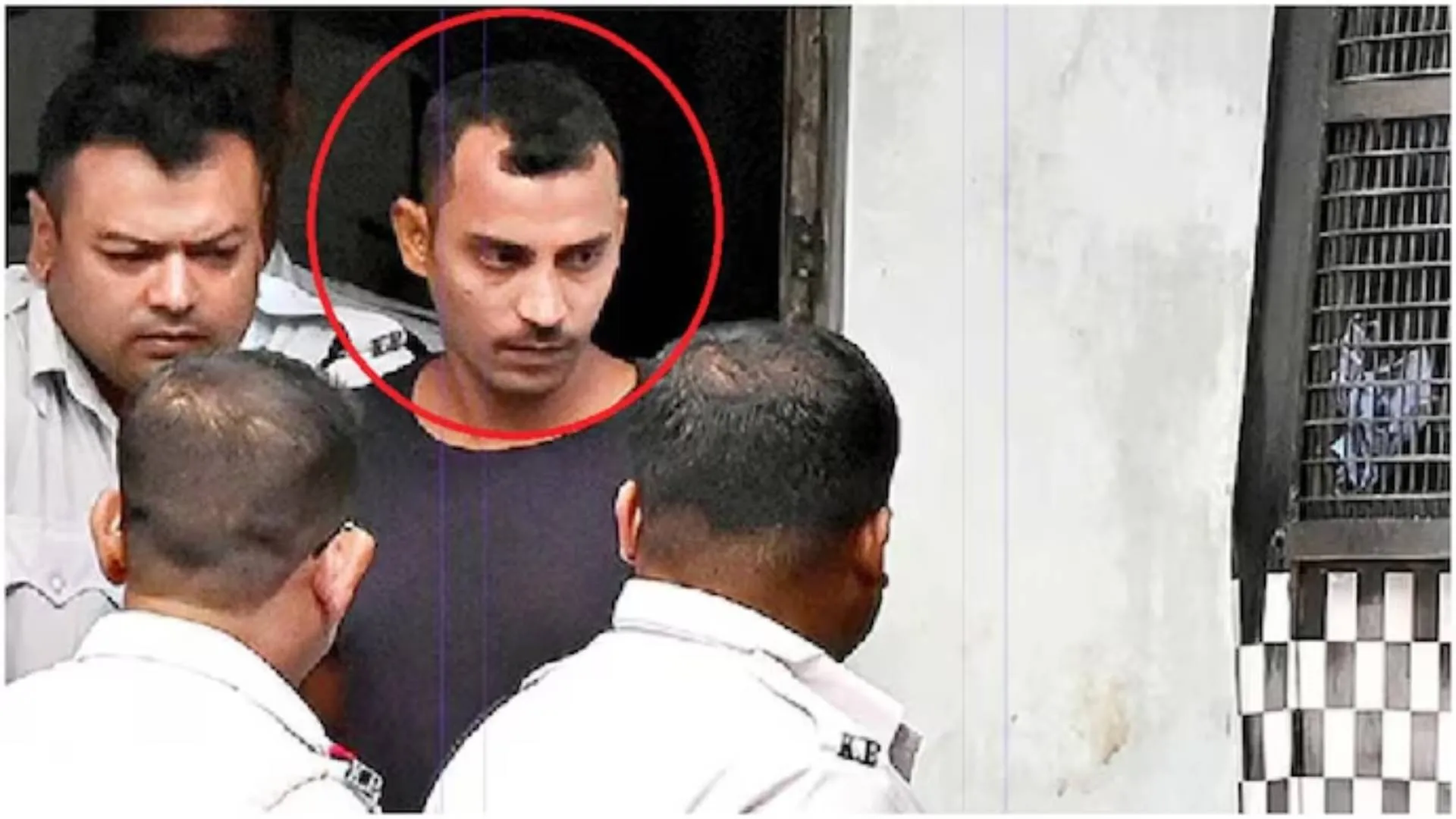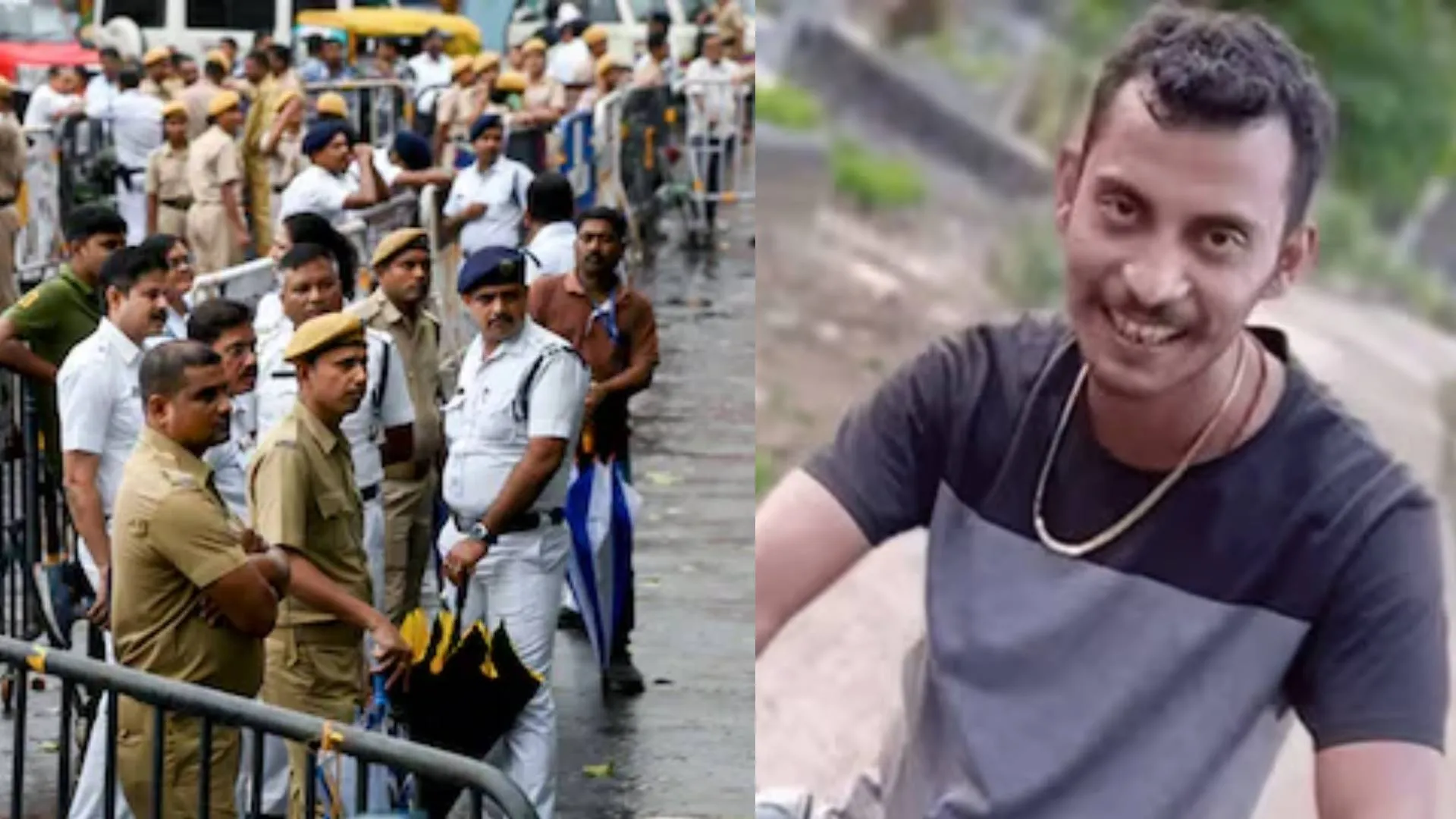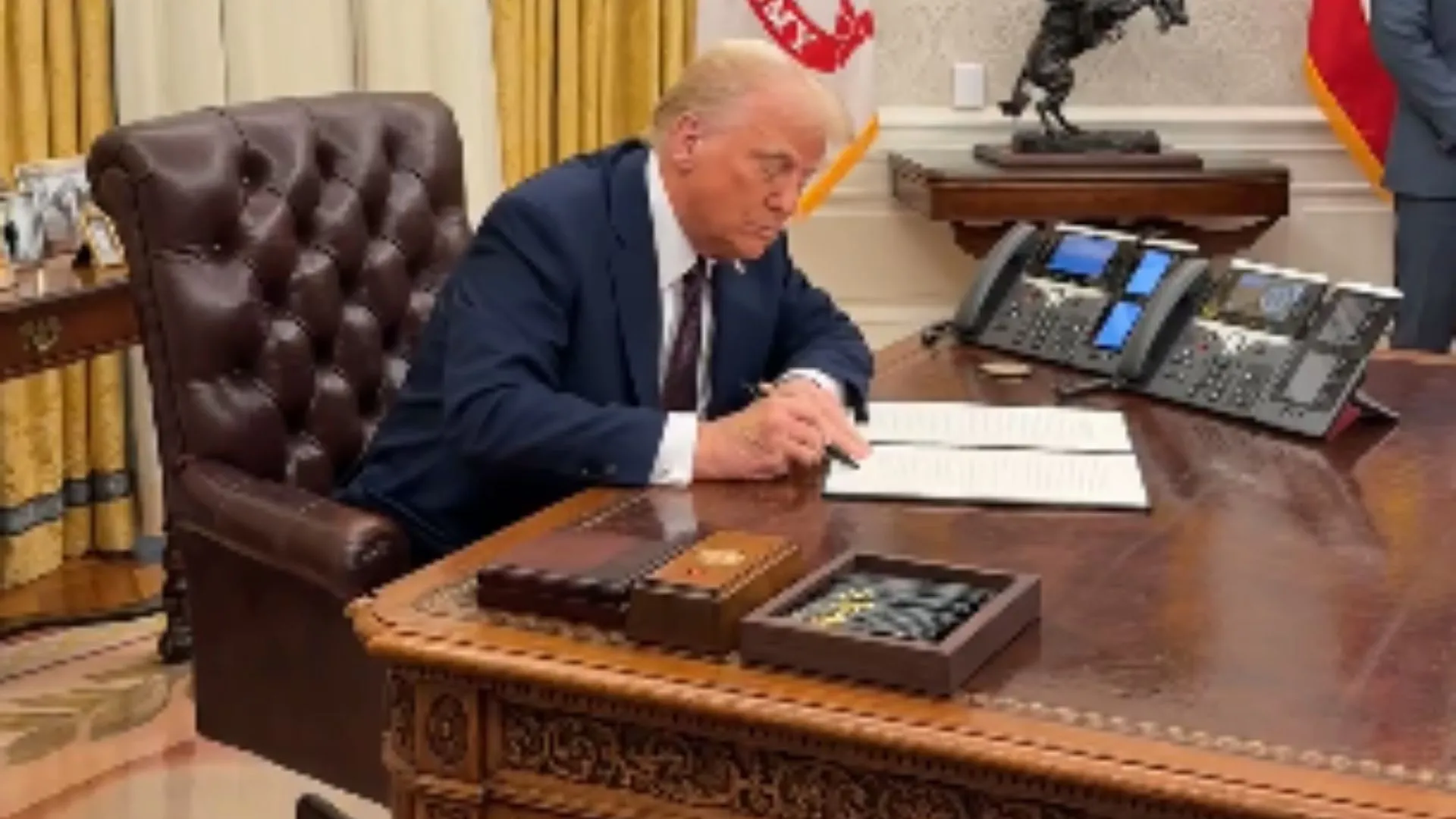“…It was the best of times, it was the worst of times….” (Charles Dickens, a Tale of Two Cities, 1859)
The Insolvency & Bankruptcy Code (IBC) was projected and portrayed as a mirage and a revolution in the law governing reorganisation and liquidation. Embodied as a self-sufficient code on the issue, the Act underwent fine-tuning by way of a plethora of amendments to plug loopholes of functionality, practical application as well as procedure.
One such integral issue of invocation of jurisdiction of the NCLT on the ground of limitation.The issue of limitation, only seems to be settled to the limited question that limitation for filing an Application under the IBC will be three years from the date of default. On the applicability of Sections 18 and 19 of the Limitation Act, 1963 (Limitation Act), the issue is still res integra.
The issue, more specifically discussed herein, is “whetherentries in balance sheets amount to acknowledgment of liability for the purposes of extending limitation under Section 18 of the Limitation Act.”
This issue came to be decided by way of judgment passed by a bench of five Hon’ble members of the National Company Law Appellate Tribunal (NCLAT) in the matter of V. Padmakumar v. Stressed Assets Stabilisation Fund (SASF) &Anr (Padmakumarjudgment). Why the law is still unclear, despite this judgment on this issue, is what is being examined hereunder.
By a majority of 4:1, it was held that entries in balance sheets would not amount to acknowledgment of debt for the purposes of extending the limitation period under Section 18 of the Limitation Act.
The majority comprised of the (i) former Chairperson, Hon’ble Justice S.J. Mukhopadhaya, (ii)the present Acting Chairperson, Hon’ble Justice Bansi Lal Bhat (iii) Hon’ble Justice Venugopal and (iv) Hon’ble Member (Technical) M. KanthiNarahari.
Hon’ble Justice A.I.S. Cheema famously, and in my view, rightly dissented with the majority opinion and referred to numerous judgments passed by the Supreme Court and several High Courts. He opined that entries in balance sheets should amount to acknowledgment in debt for the purpose of extending limitation under Section 18 of the Limitation Act.
A perusal of Hon’ble Justice Cheema’s dissent reveals that it was authored after the majority decision had been written. Therefore, the majority decision, did not consider the judgments relied upon in the dissent.
In my opinion, apart from the fact that the majority opinion was contrary to law, the same was also widely criticized by creditors and the only beneficiary of the erroneous interpretation by the majority were the recalcitrant defaulters who had driven their companies to the ground and who had siphoned off thousands of crores.
In this background, a bench of three members passed a landmark judgmentin the appeal titled Bishal Jaiswal v. Asset Reconstruction Company (India) Limited & Anr.(Bishal Jaiswal judgment). This was an Appeal filed by the erstwhile director of a Corporate Debtor, challenging the order passed by the National Company Law Tribunal, Kolkata for admitting an application filed by the Financial Creditor under Section 7 of the IBC by which insolvency proceedings were initiated.
In the Bishal Jaiswal judgment, a bench of three members of the NCLAT comprising (i) Justice Jarat Kumar Jain, (ii) Mr. V.P. Singh and (iii) Mr. Balvinder Singh also doubted the correctness of the Padmakumar judgment and passed a reference to the Acting Chairperson for constituting a bench of 5 Members to reconsider the Padmakumar judgment.
This reference was premised in accordance with the dicta laid down by the Supreme Court in Pradip Chandra Parija. v. Pramod Chandra Patnaik, Chandra Prakash v. State of Uttar Pradesh., and Central Board of Dawoodi Bohra Community v. State of Maharashtra. All these judgments passed by Constitution Benches of the Supreme Court hold that normally a decision of a larger bench is binding on a smaller bench.However, in all these cases, the Supreme Court held that the smaller bench is entitled to disagree with a view of a larger bench, if the view of the larger bench is so very incorrect that in no circumstances can it be followed. The Supreme Court also consistently held in all of these cases that if a smaller bench disagrees with a decision of a larger bench, the correct procedure to be followed is to refer the matter to the Chief Justice for constituting a bench of coordinate strength with the larger bench.
If one may recall, in the land acquisition cases, Hon’ble Justice Arun Mishra (as he then was) was not only a part of the smaller bench, but was also part of the larger bench which was considering the reference regarding several issues. There was a lot of hue and cry from several quarters regarding his inclusion in the larger bench and several stakeholders sought his recusal. Vide judgment titled Indore Development Authority vs. Manohar Lal &Ors, a constitution bench referred to several judgments on the issue and determined that a judges of a smaller bench which refers a matter to a larger bench should ordinarily be part of the larger bench which is considering the reference. The Supreme Court in paragraph 23 of the Judgment even goes on to state that ‘it is apparent that this is the consistent practice of this Court that Judges who had rendered the earlier decision have presided over or been part of the larger Bench’.
Basis the reference in the Bishal Jaiswal appeal, the Acting Chairperson of the NCLATought to have constituted a bench for deciding the same in terms of the Indore Development Authority judgment.However, the constitution of the bench now hearing the reference is entirely contrary to the law laid down by the Hon’ble Supreme Court and is also contrary to principles of natural justice and the doctrine of fairness.
The bench now constituted to reconsider the Padmakumar judgment comprisesonly the Judges which assented with the majority opinion in the Padmakumar judgment (Chairperson – Justice S.J. Mukhopadhyay, having since retired).
Notably the sole dissenting member of the Padmakumar judgment has not been made part of the bench so constituted. Pertinently, none of the three members who passed the order of reference in the Bishal Jaiswal Appeal have been made a part of the bench!
Does the constitution of the bench gives rise to a possibility that the NCLAT might have a pre-determined mind to refuse to reconsider the Padmakumarjudgment?
The judgment of the majority in Padmakumar’s case is certainly erroneous. It reaches an absurd conclusion which hugely impact Banks & Financial Institutions. The judgment, as it stands, has widescale ramifications and has the temerity to cripple the financial system of our economy.It is sincerely hoped that the NCLAT will reconstitute the bench more fairly so that the reference does not become illusory.
Former Chief Justice of India PN Bhagwati, during his tenure as a judge of the Supreme Court, had himself reversed his own judgments on at least threeoccasions. Therefore, there is absolutely no reason why the NCLAT should hold back before reversing itself in a Judgment, which is absolutely contrary to law.
The spirit of constantly correcting a wrong itself until a correct decision is laid down, perhaps emanates from what Justice Robert H. Jackson, Judge of the United States Supreme Court said in his landmark concurring opinion in Brown v. Allen, 344 US 443 (1953), where he said that ‘…we are not final because we are infallible, but we are infallible only because we are final’.
It is about time for our courts to exhibit this level of magnificence.
The author is an advocate at the Supreme Court of India and the Delhi High Court. Views are personal























